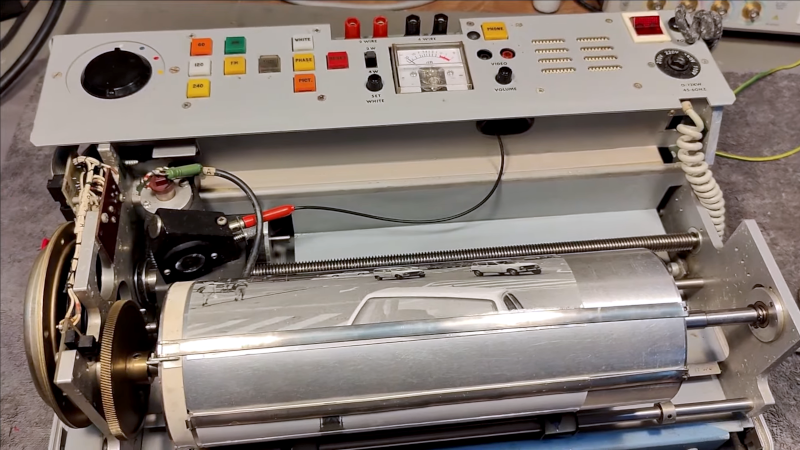When Thomas Scherrer posted his teardown of a 1983 Muirhead K-570B wire photo fax machine on YouTube just days ago, something unexpected happened. Within hours of posting a video about 40-year-old equipment, Hackaday covered the story and tech experts flooded the comments with passionate stories about fax systems they still use at work in 2025.

The surprise isn’t just nostalgia – hospitals use fax daily, medical clinics remain convinced faxing is relevant, and modern internet phone systems actually make fax transmission more complex, not simpler.
When Old Tech Meets Current Reality
The Muirhead machine Thomas examined used banana jacks to connect to phone lines. But the real story emerged in the comments, where readers shared current experiences from military bases, weather stations, and hospital systems.
Dan Phillips described maintaining wefax systems on the USS JFK. Tom confirmed hospitals use fax daily in 2025. GEORGE PEARSON mentioned medical clinics that still swear by fax. Most tellingly, a_do_z defended fax’s practical advantages: “no login, immediate physical output” – benefits that digital alternatives still struggle to match.
Rycat explained another surprise: VoIP (internet phone systems) actually makes fax transmission more complex, not simpler. The passionate discussion around this vintage teardown shows these aren’t just hobbyist curiosities. When tech experts analyze old fax hardware while sharing stories from their current jobs, it reveals something important about why organizations still depend on fax.
Why Tech People Still Care
The comments revealed multi-generational experiences. FotonWriter remembered sending newspaper photos by wire for $10. Snarkenstein recalled seeing drum scanners at the U.S. National Weather Service in the early 1970s. But alongside these memories, commenters shared current frustrations with digital alternatives that still can’t match fax’s simplicity in certain settings.
For people who need to occasionally send a fax from computer, understanding why fax persists helps explain why newer options haven’t completely replaced it. The technical fascination in this teardown discussion shows that fax technology’s staying power isn’t just organizations being slow to change.
The Real Story
What makes this genuinely interesting isn’t the 1983 equipment itself, but that tech-savvy people in 2025 find it worth analyzing. Their engagement reveals that fax systems still serve real needs in industries where reliability, following legal rules, and ease of use matter more than being modern.
When technology experts are curious enough about fax machines to create detailed teardowns and generate passionate discussions, it shows these systems meet practical needs that digital alternatives haven’t solved yet. That’s why fax technology remains more persistent than many would expect.